Diethyl Malonate (DEM) is a colourless, oily liquid with a faint fruity odour, widely used as an intermediate in organic synthesis. It is the diethyl ester of malonic acid and is valued for its reactivity in condensation and alkylation reactions. DEM is miscible with most organic solvents but only slightly soluble in water.
Applications:
-
Precursor in the synthesis of pharmaceuticals (e.g., barbiturates, vitamins, non-steroidal anti-inflammatory drugs).
-
Intermediate in the production of agrochemicals such as herbicides, fungicides, and pesticides.
-
Used in the preparation of fragrances, flavoring agents, and specialty chemicals.
-
Important starting material in malonic ester synthesis for the formation of substituted acetic acids.
Appearance: Clear, colourless liquid
Odour: Mild, fruity
Boiling Point: ~199–200 °C
Formula: C₇H₁₂O₄
Diethyl Malonate – Hazards
Classification (GHS):
-
Flammable liquid (Category 4) – may ignite if heated.
-
Acute toxicity, oral (Category 5 – low) – harmful if swallowed in large quantities.
-
Irritant – may cause skin and eye irritation.
-
May cause respiratory irritation if inhaled.
Health Hazards:
-
Inhalation: Vapours may cause headache, dizziness, and respiratory tract irritation.
-
Skin Contact: Can cause redness, irritation, or dryness.
-
Eye Contact: Causes irritation, redness, and watering.
-
Ingestion: Harmful if swallowed; may cause nausea, vomiting, and abdominal discomfort.
Environmental Hazards:
-
Not considered highly hazardous to the environment but should be prevented from entering waterways.
Fire Hazards:
-
Combustible liquid – vapours may form explosive mixtures with air at elevated temperatures.
-
Emits toxic fumes of carbon oxides when burning.
Handling & Storage:
-
Store in tightly sealed containers, in a cool, well-ventilated place, away from ignition sources.
-
Use gloves, goggles, and protective clothing when handling.
-
Avoid breathing vapours; use local exhaust ventilation.
Hazard Codes (GHS/CLP):
-
⚠️ H227: Combustible liquid
-
⚠️ H302: Harmful if swallowed
-
⚠️ H315: Causes skin irritation
-
⚠️ H319: Causes serious eye irritation
-
⚠️ H335: May cause respiratory irritation


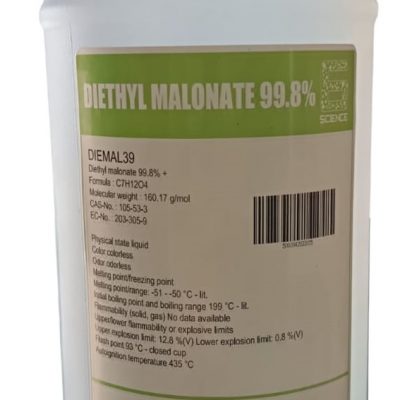
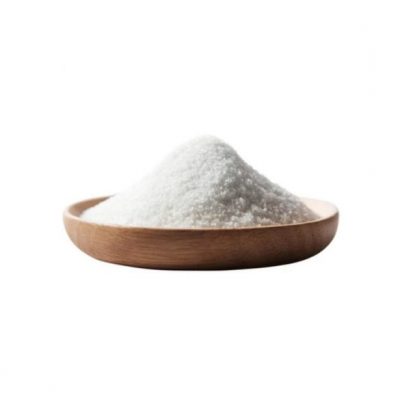
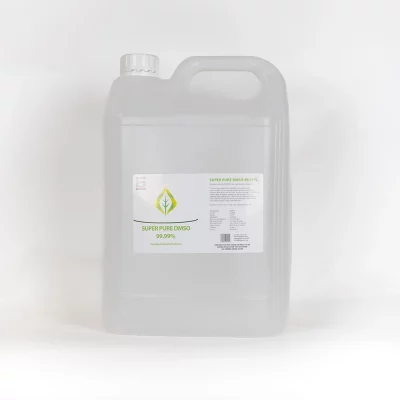
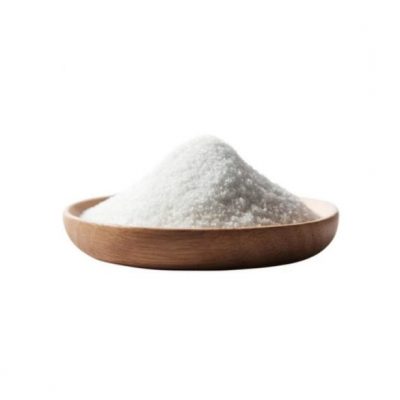
Reviews
There are no reviews yet.